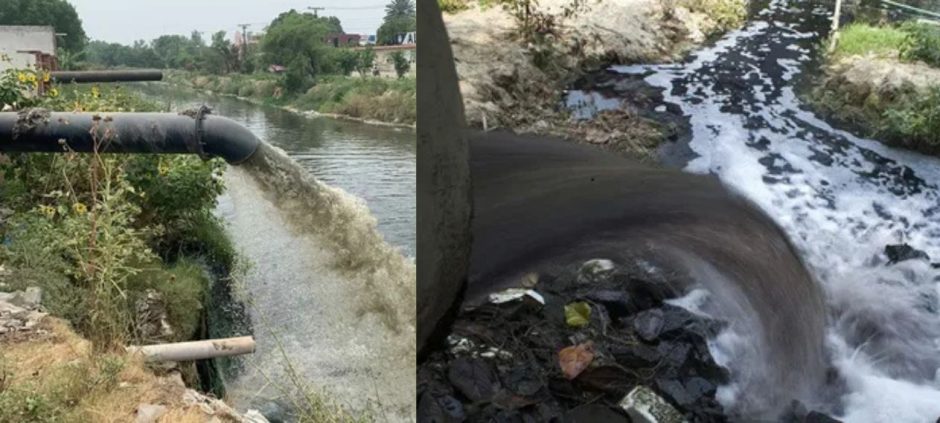Lahore’s water crisis is turning into a silent catastrophe as toxic contamination and groundwater depletion continue to worsen. Experts warn that the water flowing into homes may no longer be safe to drink, with pollution levels rising beyond acceptable limits.
Recent environmental studies have detected alarming traces of arsenic, nitrates, and harmful microbes in Lahore’s groundwater. These toxins pose severe health threats, including skin diseases, liver complications, and even cancer. The city’s growing industrial waste, untreated sewage, and rapid urban expansion have left its underground water reserves increasingly poisoned.
The crisis is deepening further as the groundwater level in Lahore keeps dropping by nearly two to three feet each year. Officials attribute this decline to the excessive use of boreholes, uncontrolled commercial extraction, and the city’s diminishing green cover, which prevents rainwater from replenishing the aquifers.
Adding to Lahore’s woes, environmental experts note that the city’s air quality crisis is worsening alongside its water issues. According to recent findings, Lahore remains the world’s most polluted city, showing how both its air and water have reached critical contamination levels.
Researchers estimate that over 70 percent of the population depends on groundwater for drinking and daily use, yet almost 60 percent of samples collected from residential areas exceed safe chemical limits. Industrial discharge, agricultural runoff, and poor waste management systems are believed to be the main culprits behind this alarming trend.
Environmentalists warn that if this continues, Lahore’s water may become undrinkable within a decade. They urge immediate government intervention, stronger policies for waste treatment, and public participation in water conservation efforts. Many also call for introducing rainwater harvesting and sustainable urban planning to reverse the damage.
The Lahore water crisis is no longer just an environmental issue; it’s a public health emergency. Without urgent action, the city’s underground water veins may soon dry up, leaving millions to face the devastating consequences of a man-made disaster.











